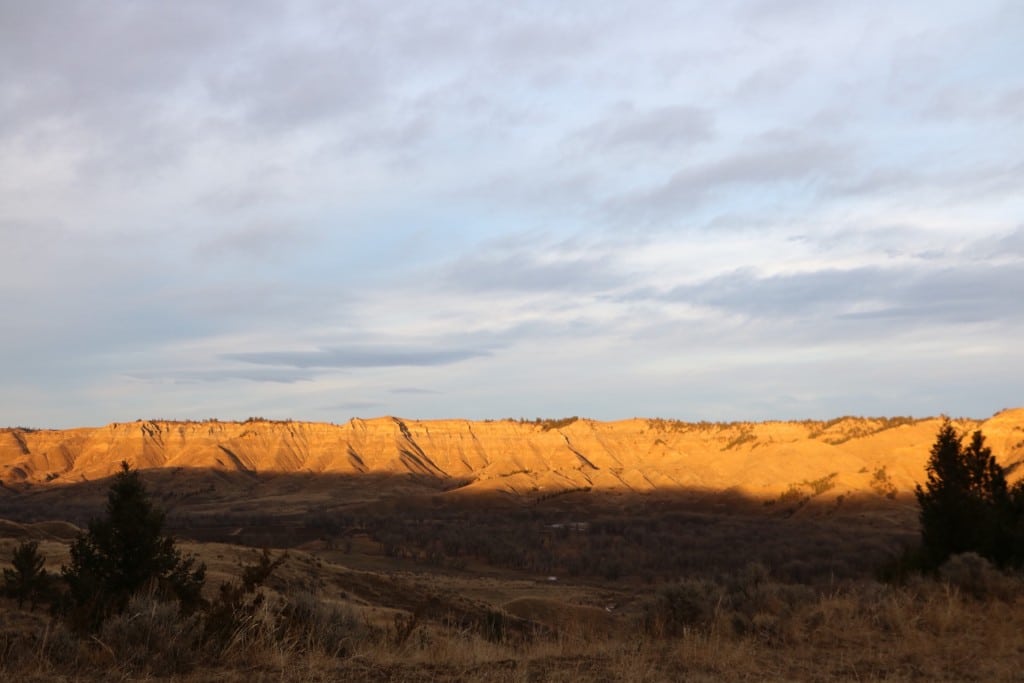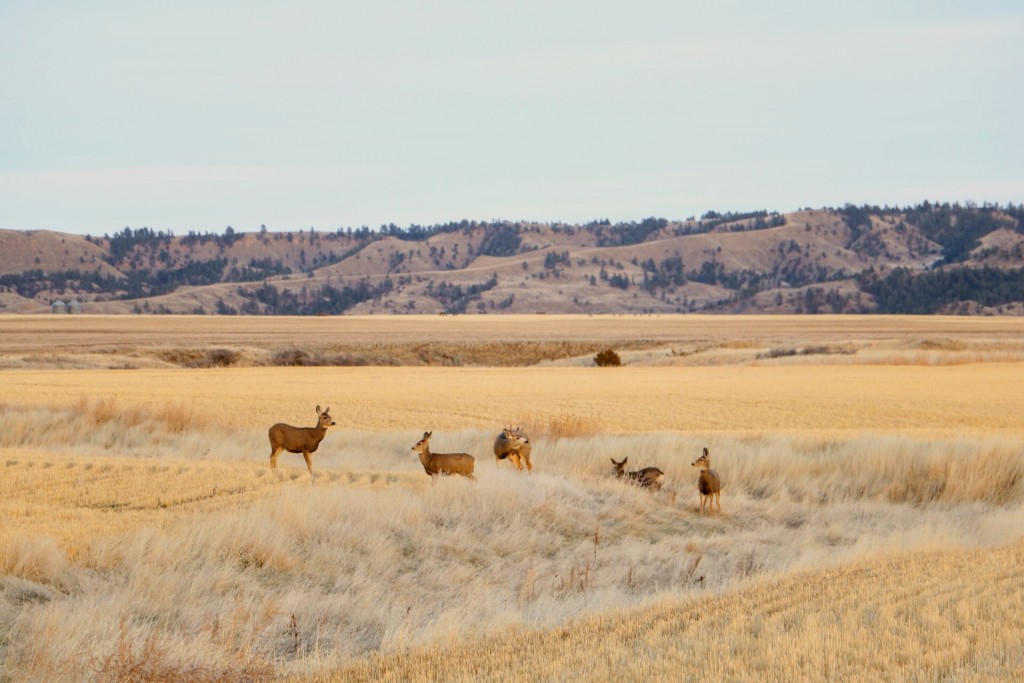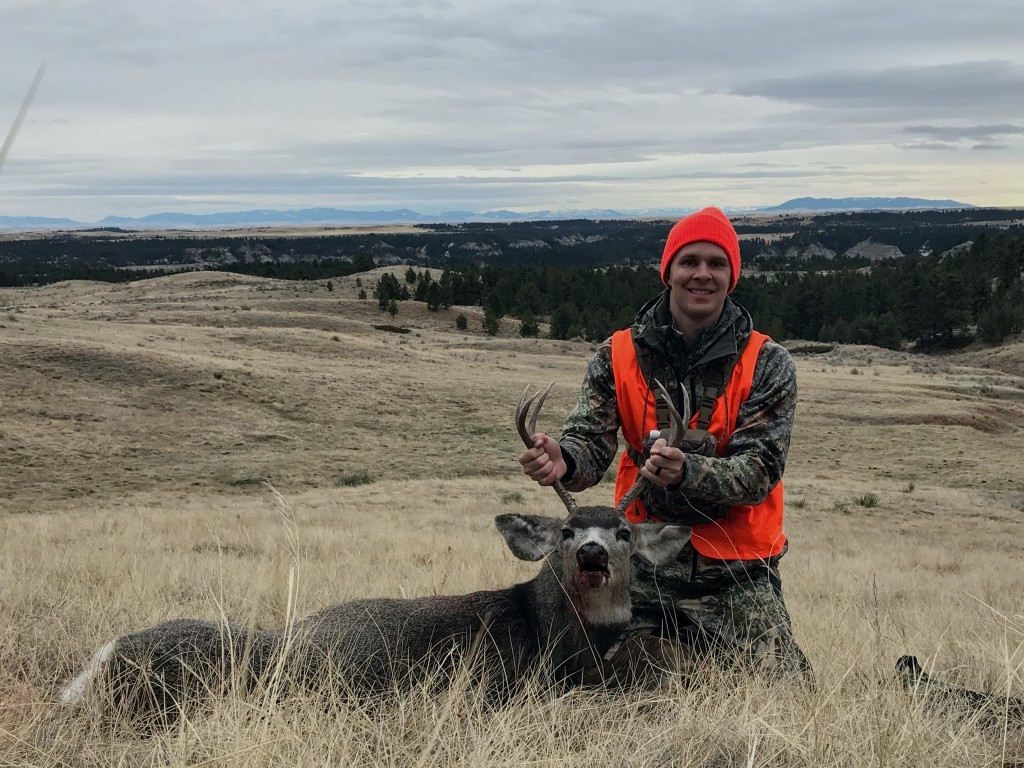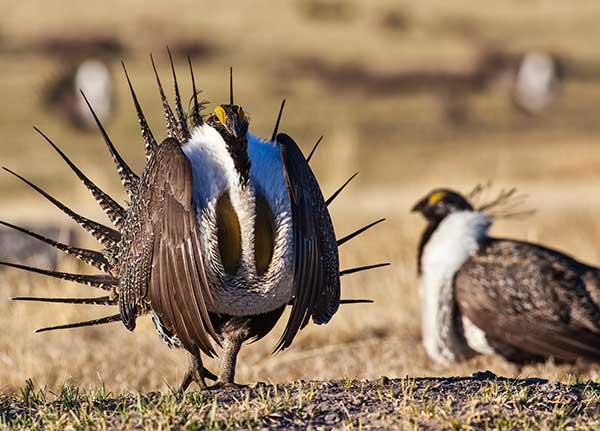
Bowhunting bugling bulls in September is by far my favorite thing to do. One B on that list is glassing up mule deer bucks, on public land, in the rut. Instead of hunting closer to home this year, I took the show on the road and hunted mule deer in the Upper Missouri River Breaks National Monument. It was a not only a great opportunity to spend time with one of my favorite species, but experience one of the most incredible pieces of public land our country has to offer. The Breaks monument is aptly named. The hallmark of this landscape is sharp, rapidly descending coulees and canyons, all moving towards a river bottom that must be experienced to be believed.
I spotted a solid looking three-point buck around noon with a group of does a half mile away, again at1pm at 60 yards, and again at2pm at 300 yards. Unfortunately, he was on parcels of private land that were not huntable (this is a challenge when hunting the fringes of the Breaks). I gave up on him and set up to glass one of the many other canyons.

After glassing one vantage point, I started to work my way along the rim of the canyon when I saw something that made my heart drop and leap at the same time. It was the tips the buck’s antlers moving through the grass. Defying all logic, this buck had left food, water, does, and was walking right towards me. Shaking off the shock that threatened to overwhelm me, I took up a vantage point on the rim of the canyon and waited.
It seemed as if I sat there for an eternity, surrounded by an eerie silence. The clatter of a rock being dislodge pierced the silence and I quickly pivoted my rifle on its rest towards the sound. The buck, cautious, sniffed the air and froze, his eye’s locked on my position. In a heartbeat I ran my shot list; pick a spot, watch it to keep it, breath in, breath out, relax, squeeze.

I heard the shot, felt the recoil, and watched with relief as the buck stopped in his final resting place. Joy and sorrow always fill me with each animal I take. Sorrow as the loss of life, joy at filling a freezer and accomplishing a goal. As I dressed out my deer, a snowstorm rolled in and I hiked out in the dark and driving snow.
While each hunt is unique, the ability for anyone to go and have their own experience is not unique. It is a privilege offered to each American, thanks to the Antiquities Act and other public lands protections. Click HERE to learn about how you can help protect your public land heritage.






